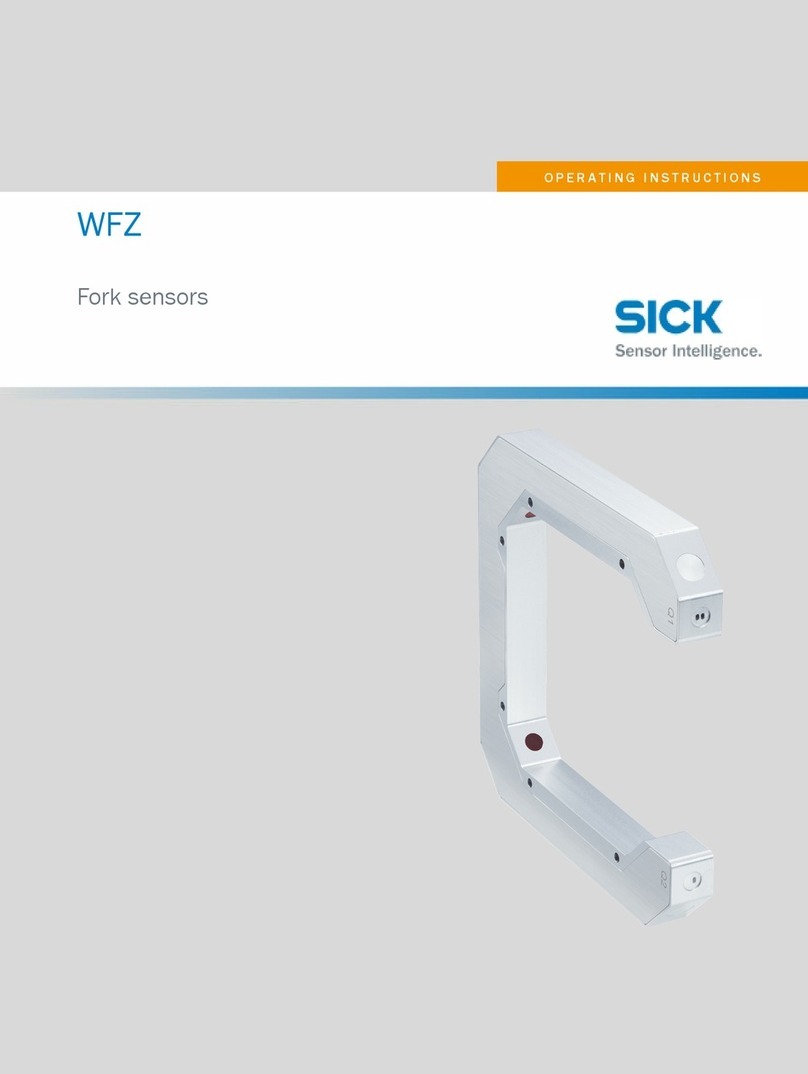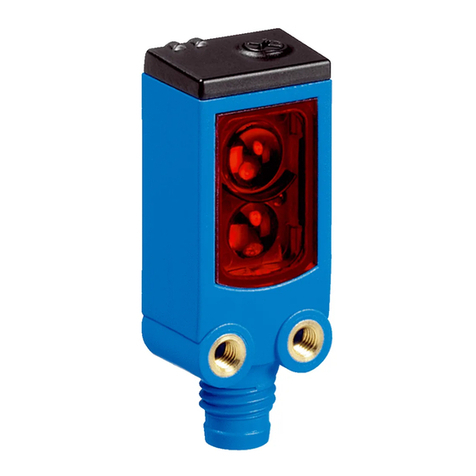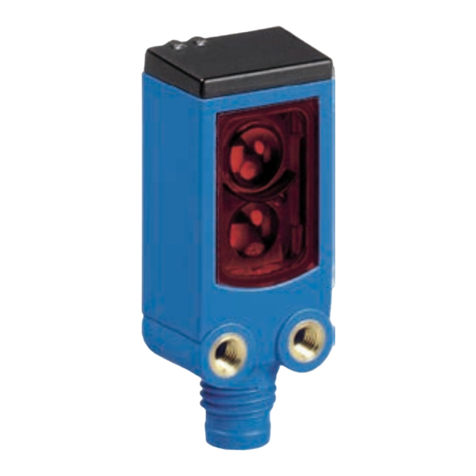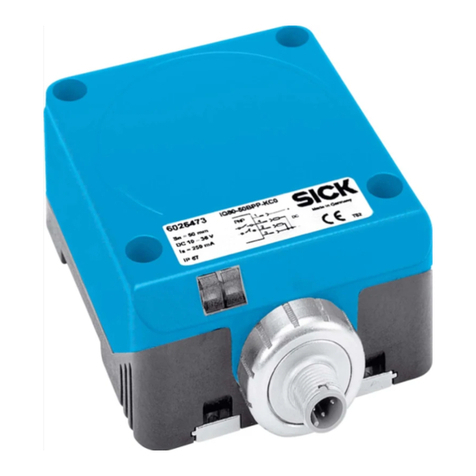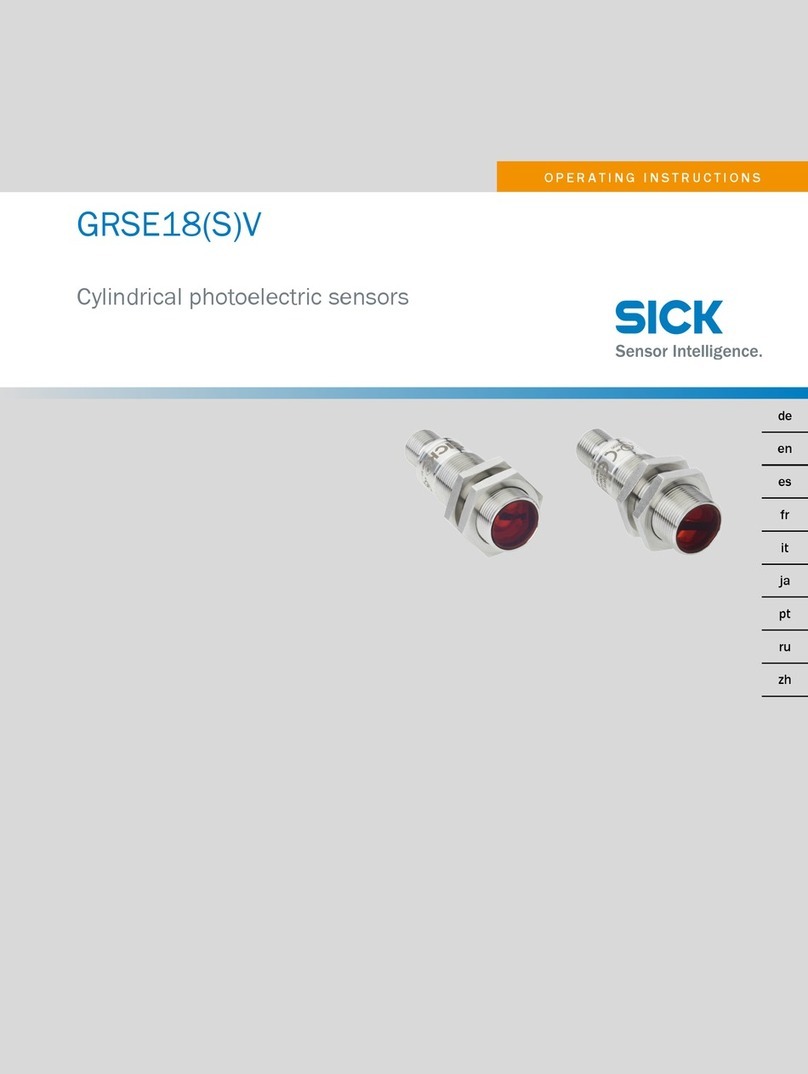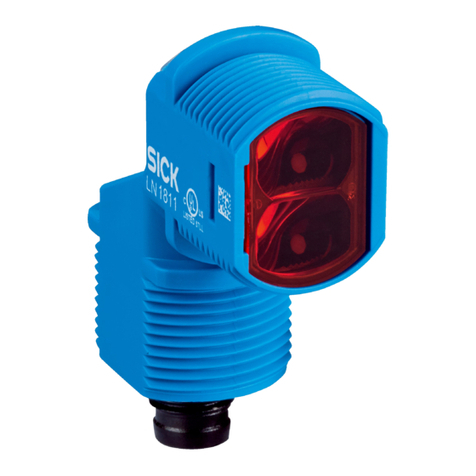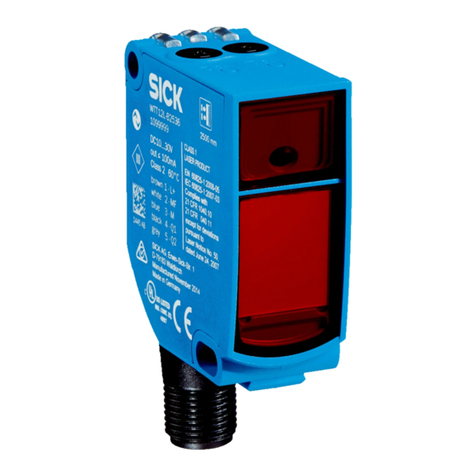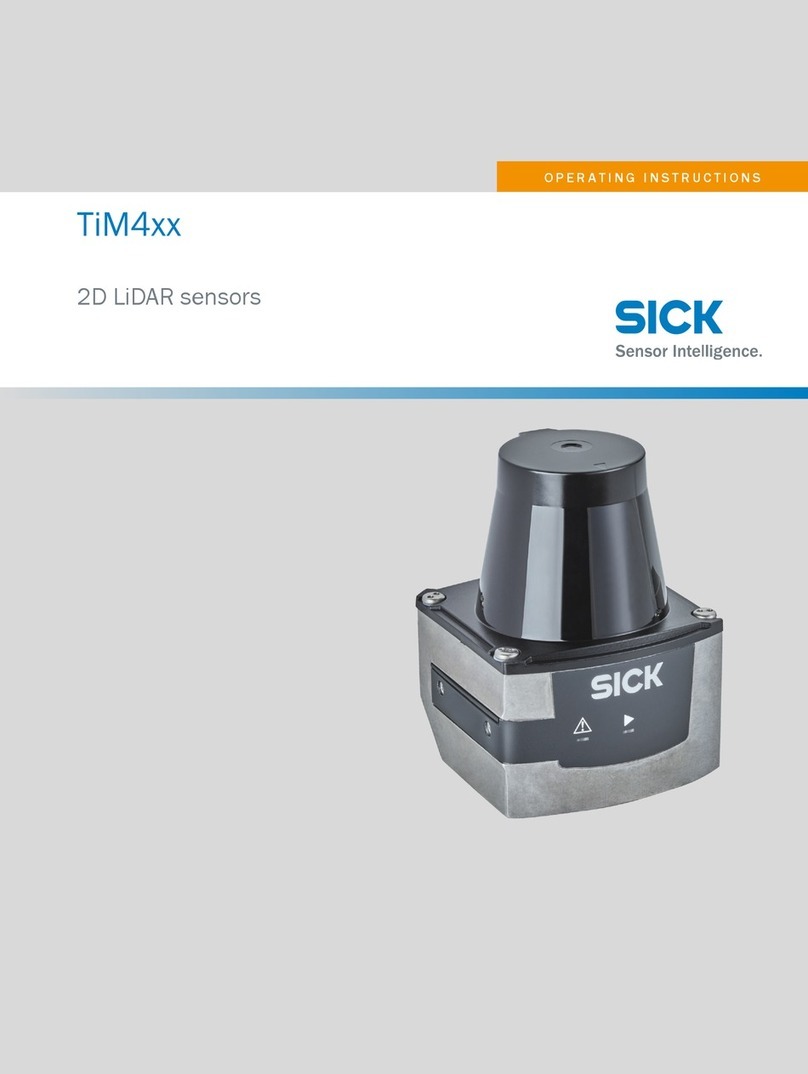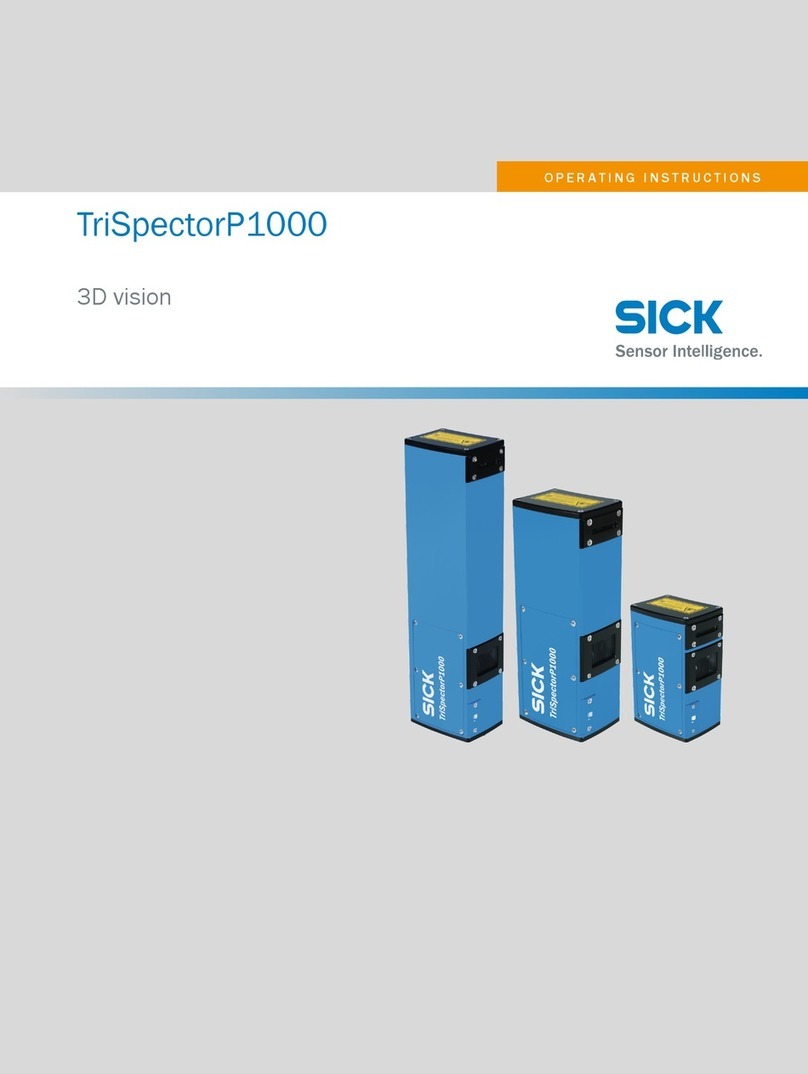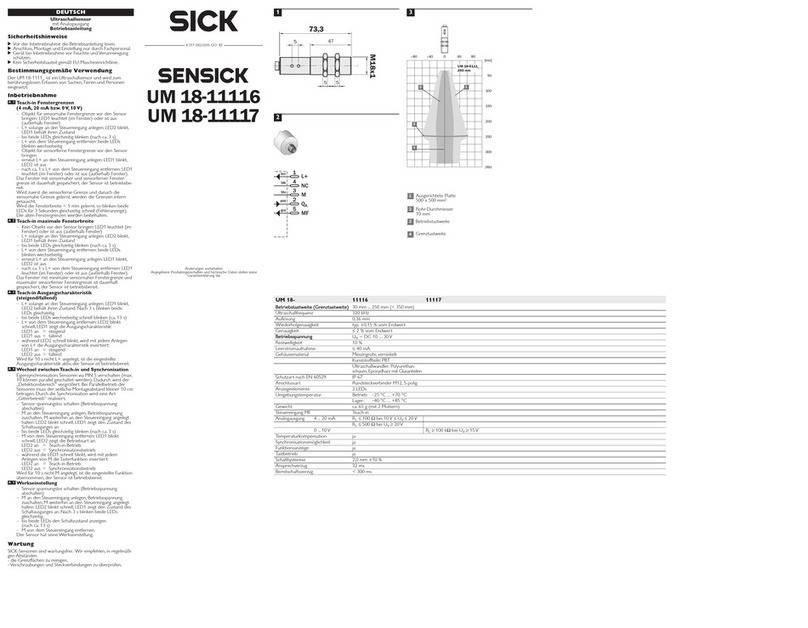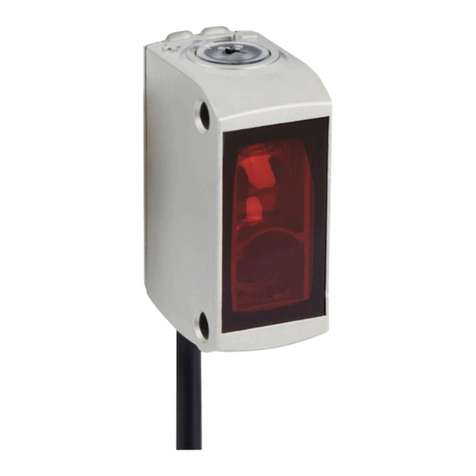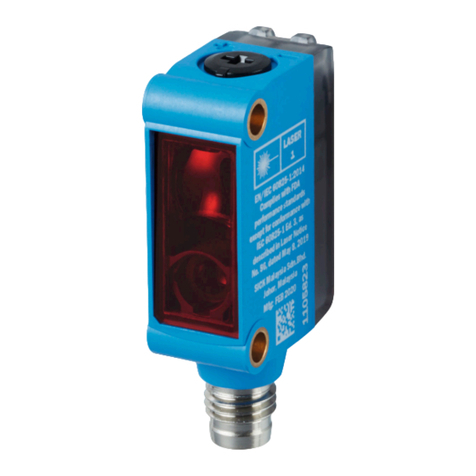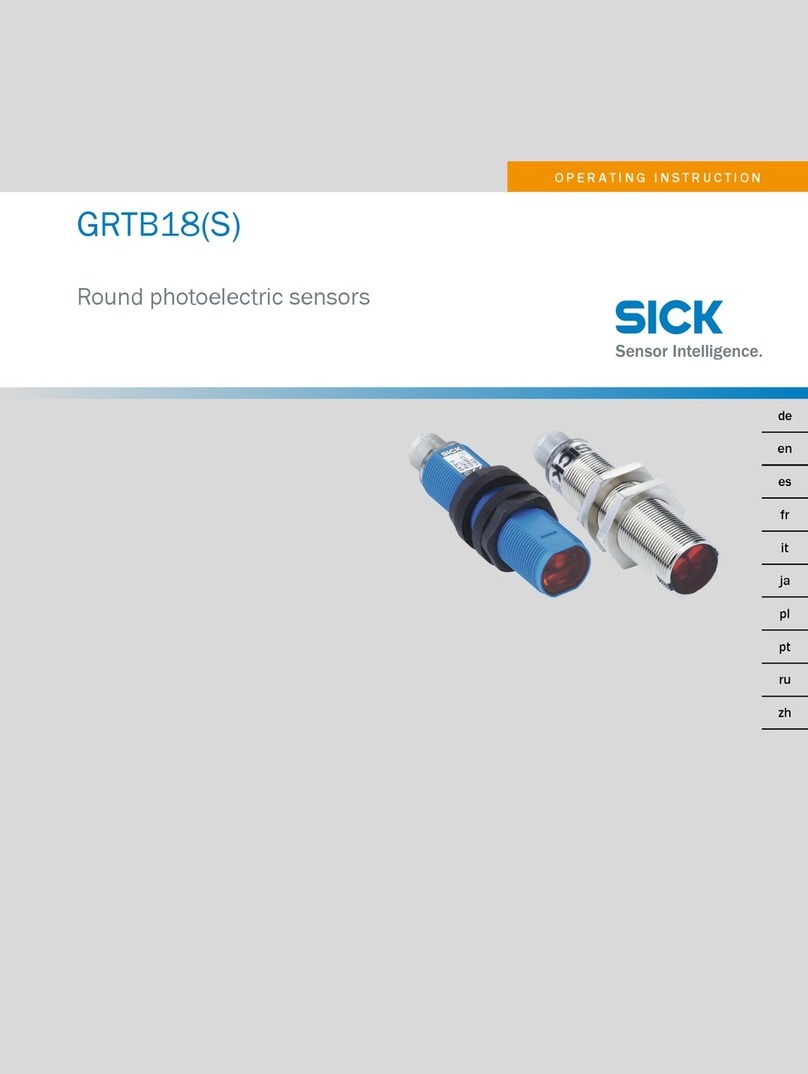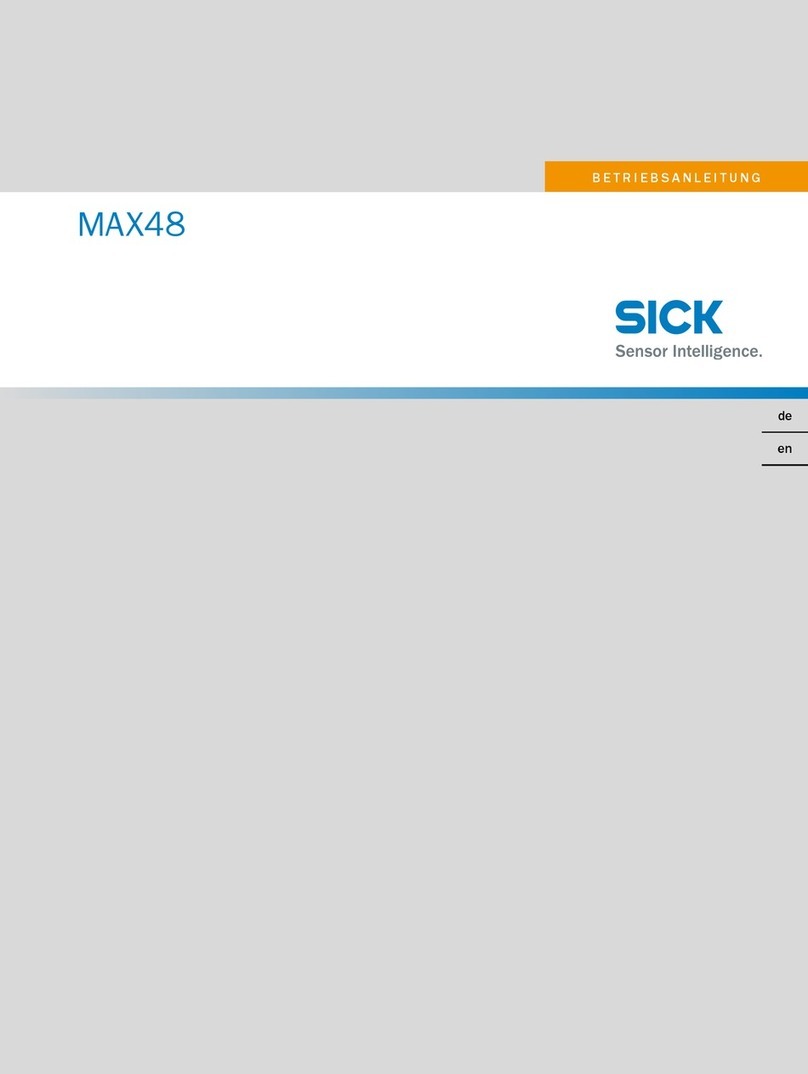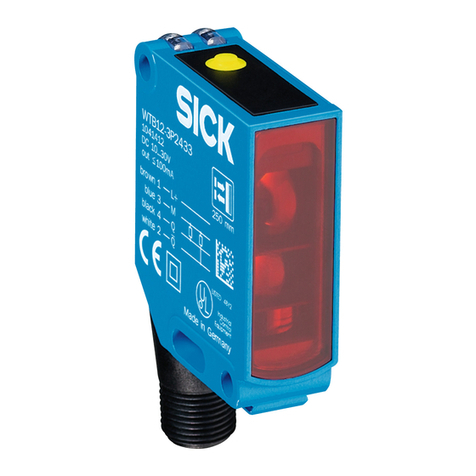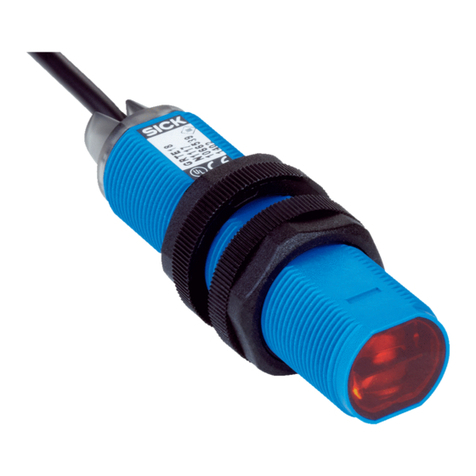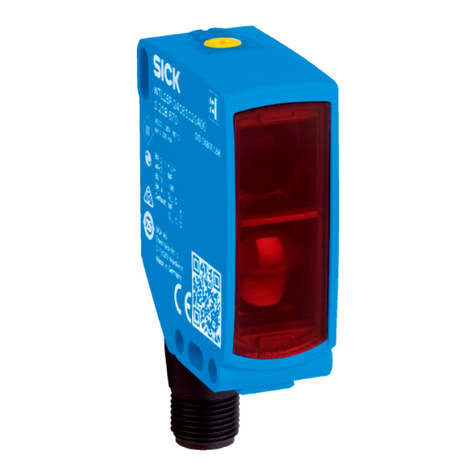
10.3.5 Telegram structure:.................................................................. 55
10.3.6 Structure of 11-bit CAN ID....................................................... 56
10.3.7 Identifier priority...................................................................... 56
10.3.8 Communication objects.......................................................... 57
10.3.9 COB-ID...................................................................................... 57
10.3.10 CANopen services and CAN IDs.............................................. 58
10.3.11 NMT network management..................................................... 59
10.3.12 PDO and SDO........................................................................... 59
10.3.13 Synchronous and asynchronous PDOs................................... 61
10.4 DL100 Pro CANopen communication..................................................... 62
10.4.1 Object directory overview........................................................ 62
10.4.2 Communication segment (1000h to 1FFFh)......................... 70
10.4.3 Manufacturer-specific segment (2000h to 5FFFh)............... 76
10.4.4 Device profile CiA 406 absolute linear encoder (6000h to
9FFFh)...................................................................................... 78
10.4.5 TPDO Behavior at distance value........................................... 83
10.4.6 Dynamic mapping.................................................................... 83
10.4.7 Emergency messages (EMCY messages).............................. 85
10.5 Commissioning in the CANopen network................................................ 88
10.5.1 Address assignment (node ID)............................................... 88
10.5.2 Baud rate setting..................................................................... 89
10.5.3 Configuration of process data objects (TPDOs)..................... 91
11 Maintenance...................................................................................... 93
11.1 Cleaning..................................................................................................... 93
11.2 Maintenance plan..................................................................................... 93
12 Troubleshooting................................................................................. 94
12.1 General faults, warnings, and errors....................................................... 94
12.2 Device status (LED PWR)......................................................................... 94
12.3 Warning messages................................................................................... 94
12.4 Error messages......................................................................................... 95
12.5 Communication problems........................................................................ 96
12.5.1 Ethernet problems................................................................... 96
12.5.2 Bus status (LED STA)............................................................... 96
12.6 Returns...................................................................................................... 97
12.7 Repairs...................................................................................................... 98
12.8 Disposal..................................................................................................... 98
13 Technical data.................................................................................... 99
13.1 Optics......................................................................................................... 99
13.2 Performance data..................................................................................... 99
13.3 Supply........................................................................................................ 100
13.4 Inputs......................................................................................................... 100
13.5 Outputs...................................................................................................... 100
13.6 Interfaces.................................................................................................. 100
CONTENTS
8015418/19HA/2022-12-15 | SICK O P E R A T I N G I N S T R U C T I O N S | DL100 Pro CANopen 5
Subject to change without notice
